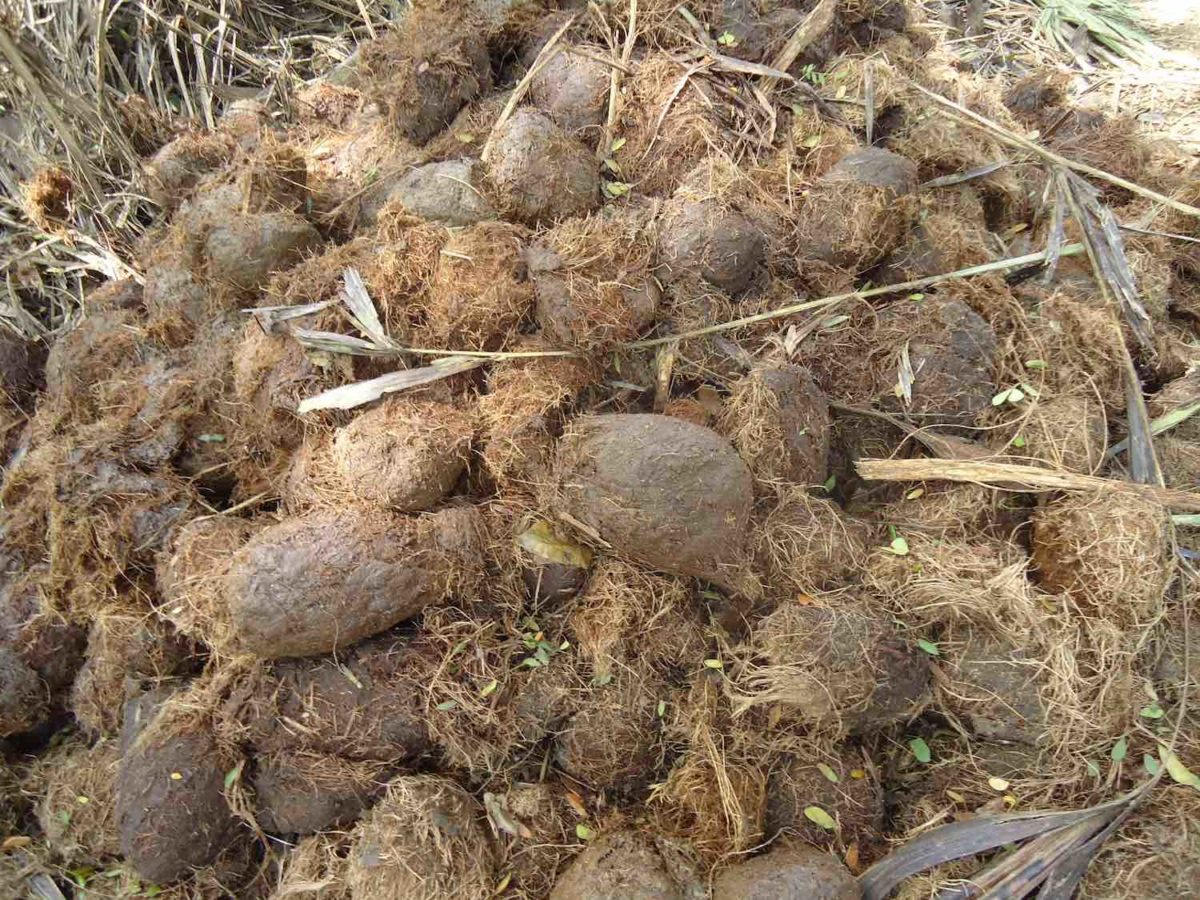Elefanten produzieren täglich bis zu 100 kg Dung. Ein durchschnittlicher Elefant produziert dies, indem er 8-10 Mal pro Tag kacken geht. Das ist eine Menge Kot, und er kann uns viel über die Gesundheit und Ernährung eines Elefanten verraten. Wissenschaftler untersuchen sogar Elefantenkot, um etwas über die das Verhalten der Tiere und soziale Interaktionen.
Auch Mistkäfer lieben Elefantenkot! Diese kleinen Viecher können ein Stück Elefantenmist bis zum 20-fachen ihres Körpergewichts rollen. Sie nutzen den Dung als Nahrung und als Ort zur Eiablage.
Elefantenkot besteht hauptsächlich aus Samen, Blättern, Früchten und Gras. Er enthält auch viel unverdaute Nahrung, weshalb Mistkäfer und andere kleinere Tiere von ihm angezogen werden.
Hier sind noch einige weitere erstaunliche Fakten über Elefantenkacke, die Ihnen zu denken geben werden.
Wonach riecht Elefantenkacke? Elefantenkacke riecht wie verrottendes Obst oder Gemüse. Manche Menschen finden, dass er tatsächlich gut riecht, während andere ihn ziemlich stechend finden.
Wie sieht Elefantenkacke aus? Elefantenkot ist von dunkelbrauner oder schwarzer Farbe und hat normalerweise die Größe eines Softballs. Er ist glatt und fühlt sich klebrig an.
Elefanten können jeden Tag bis zu 100 kg Dung produzieren
Ein durchschnittlicher Elefant produziert so viel Dung, dass er in einem Jahr ein großes Schwimmbecken füllen kann. Wenn wir hier den afrikanischen Waldelefanten als Beispiel nehmen, dann verbraucht täglich über 300 Pfund Laub, Sträucher und Gras aber sie verbrauchen nur etwa 45 Prozent dieses Verbrauchs, so dass etwa 165 Pfund an Exkrementen übrig bleiben, die entsorgt werden müssen.
Ein einziges Stück Kot kann bis zu 15 kg wiegen (und nicht die 3,8 kg, die im Internet angepriesen werden). Auftritt Elefantenkot!
Was ist im Elefantenmist enthalten?
Der größte Teil der Nahrung eines Elefanten wird unverdaut durch den Darm geleitet, und daher ist der Kot voll mit Nährstoffe die eine große Vielfalt anderer Tiere beherbergen.
Wie bereits erwähnt, enthält der Haufen hauptsächlich halbverdaute Blätter, Früchte, Gras und Rinde - Dinge, die einen hervorragenden Dünger für den Boden darstellen. Er ist unglaublich reich an Fasern.
Wofür der Elefantenmist weltweit verwendet wird
Überall auf der Welt wird Elefantenmist für die verschiedensten Zwecke verwendet. In Thailand wird er zu Papier verarbeitet, in Indien dient er als Brennstoff, und in Afrika wird er sogar als Kinderspielzeug verwendet.
In einigen Fällen wird er auch getrocknet und als Baumaterial verwendet. Am interessantesten ist vielleicht, dass Elefantenmist in einigen Kulturen sogar als Zahlungsmittel verwendet wurde.
Elefantenkot kann Landwirten helfen, bessere Ernten anzubauen
Der Dung ist nicht nur gut für die Umwelt, sondern auch für die Landwirte. Die Exkremente tragen aufgrund der enthaltenen Nährstoffe zur Verbesserung der Pflanzenproduktion und der Bodengesundheit bei.
Er ist ein extrem guter säurefreier Dünger. Studien haben gezeigt, dass Landwirte ihre Ernteerträge erheblich steigern können, wenn sie nur eine kleine Menge Elefantenmist in ausgelaugte Böden einbringen.
Elefantenmistpapier herstellen, umweltfreundlich!
In Thailand wird ein großer Teil des Elefantenmists zur Herstellung von handgeschöpftem Papier oder Poo-Papier verwendet.
Es handelt sich um ein umweltfreundliches Papierherstellungsverfahren, da bei der Herstellung kein zusätzliches Wasser oder Chemikalien benötigt werden, und es trägt auch dazu bei, die von Elefanten produzierte Abfallmenge zu verringern.
Das Endprodukt soll extrem haltbar sein und kann sogar zum Gelddrucken verwendet werden.
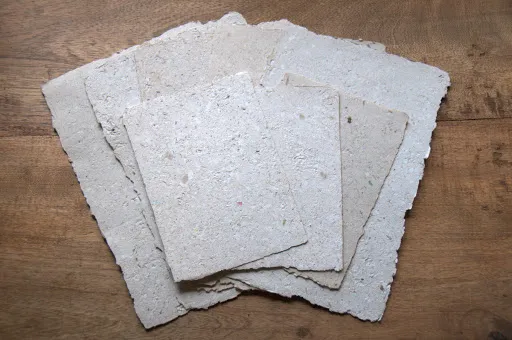
Das Verfahren zur Herstellung von Elefantenmistpapier ist eigentlich recht einfach. Zuerst wird der Dung gesammelt und dann in der Sonne getrocknet. Sobald er trocken ist, wird er in kleine Stücke gehackt und dann mit Wasser zu einem Brei vermischt.
Der Zellstoff wird dann auf ein Sieb gegeben und getrocknet, bevor er zu Papierprodukten verarbeitet wird. Wer hätte gedacht, dass Papierherstellung so einfach ist?
In China wird Elefantenmist in der traditionellen Medizin verwendet.
In China wird der Dung sowohl asiatischer als auch afrikanischer Elefanten getrocknet und zu einem Pulver gemahlen, das dann als Bestandteil traditioneller Arzneimittel verwendet wird.
Es wird angenommen, dass es entzündungshemmende und antimikrobielle Eigenschaften hat und auch als Schmerzmittel für den Geist verwendet werden kann.
Elefantenkot-Kaffee als Delikatesse?
Ja, Sie haben richtig gelesen. In einigen Teilen der Welt wird Elefantenmist gesammelt und zur Herstellung von Kaffee verwendet. Der Kaffee soll ein einzigartiges Aroma haben und ist bei Kaffeekennern sehr begehrt.
Der Hersteller Black Ivory Coffee Company Ltd hat seinen Sitz in Nordthailand und produziert seinen Black Ivory Coffee aus Arabica-Kaffeebohnen, die von Elefanten verzehrt wurden und aus deren Abfällen gewonnen werden.
Schwarzer Elfenbeinkaffee wird von den Verdauungsenzymen der Elefanten beeinflusst, die das im Kaffee enthaltene Eiweiß aufspalten.
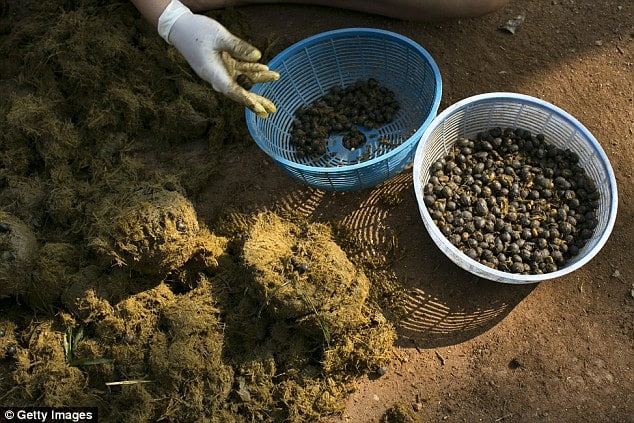
Er gehört zu den teuersten Kaffeebohnen der Welt und wird zu einem Preis von $2.000 US-Dollar pro kg verkauft. Das Endprodukt wird in Luxushotels und Restaurants für etwa $50 pro Tasse verkauft.
Manche Menschen in Indien essen Elefantenmist, um die Kraft der Elefanten zu gewinnen
Es wird geglaubt, dass man durch den Verzehr von Elefantenkot die Stärke und Kraft des Tieres erlangen kann.
Das mag weit hergeholt klingen, aber es gibt tatsächlich einige Menschen in Indien, die Elefantenmist als Teil ihrer Ernährung essen.
Elefantenkacke als Gin in einem klassischen Gin&Tonic?
Die Macher von Dung Beetle Gin behaupten, dass ihr Produkt einen einzigartigen Geschmack hat und mit Pflanzen aus dem Wald hergestellt wird.
Der Gin wird in London destilliert und soll der erste "umweltfreundliche" Gin der Welt sein. Nach dem Erfolg von Dung Beetle Gin hat Les Ansley, ein südafrikanischer Hersteller, auch den Indlovu Gin kreiert.
Er stellt seinen Gin her, indem er die botanische Mischung aus dem Dung von Elefanten filtert.
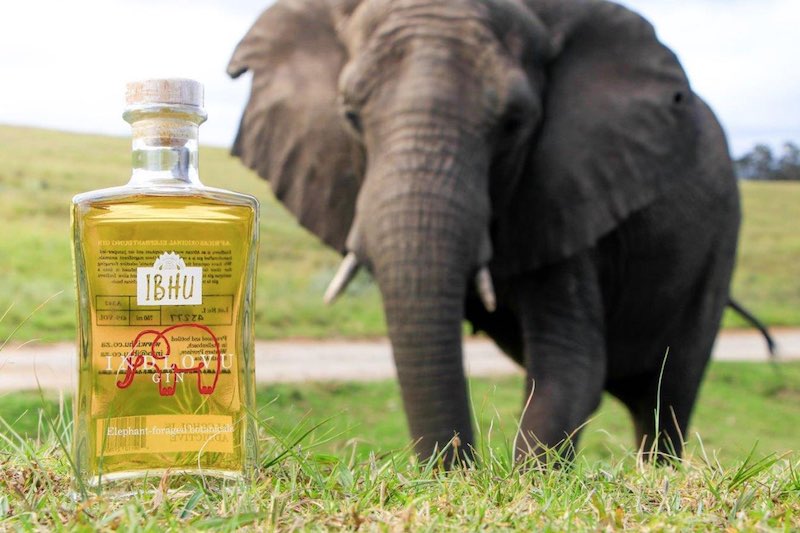
Elefantenkacke als Moskitoschutzmittel?
Es mag seltsam klingen, aber Elefantenmist hat sich tatsächlich als wirksames Mückenschutzmittel erwiesen.
In einer Studie wurde festgestellt, dass es wirksamer ist als Deet, eine Chemikalie, die in vielen handelsüblichen Mückenabwehrmitteln verwendet wird.
Der Mist enthält ein natürliches Insektizid namens Pyrethrin, von dem man annimmt, dass es der Wirkstoff ist, der Stechmücken abwehrt. Er hat eine natürliche desinfizierende Wirkung, was wahrscheinlich der Grund für diese Wirkung ist.
Elefantenkacke zur Herstellung von Schmuck
In Afrika wird der Elefantenmist der majestätischen Elefanten zur Herstellung von schönem Schmuck verwendet. Der Dung wird gesammelt, getrocknet und dann in einer Vielzahl von Farben gefärbt.
Daraus werden dann Armbänder, Halsketten und andere Schmuckstücke hergestellt.
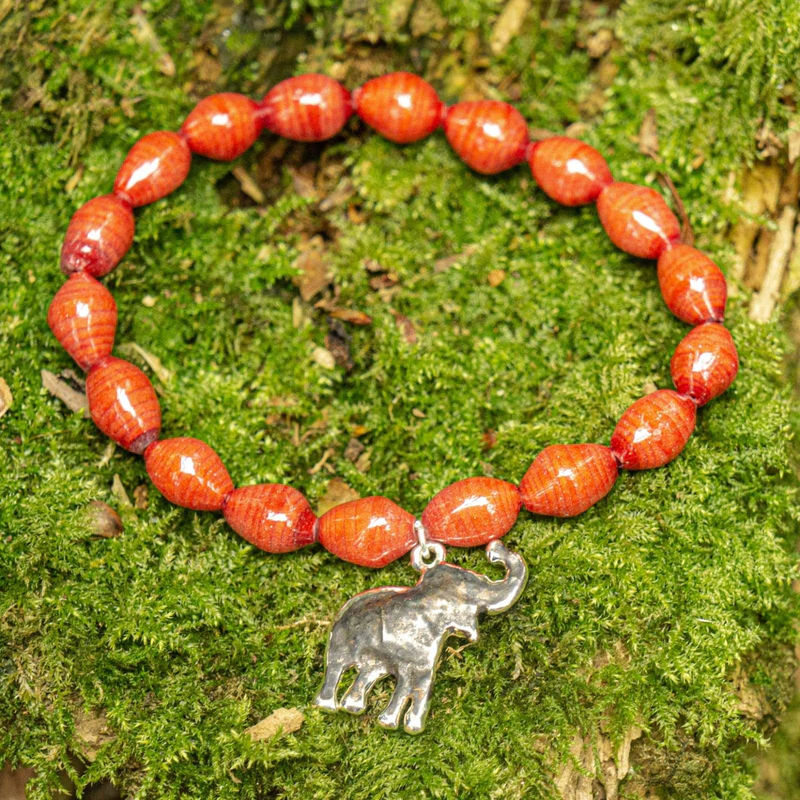
Zusammenfassung
Elefantenmist hat viele Verwendungszwecke, unter anderem wird er zur Herstellung von normalem handgeschöpftem Papier, Elefantenkotpapier, Kaffee, Gin und Schmuck verwendet.
Es ist auch ein wirksames Mückenschutzmittel und hat eine natürliche desinfizierende Wirkung.
Einige dieser Verwendungen mögen seltsam klingen, sind aber in bestimmten Teilen der Welt durchaus üblich.
FAQ zu Elefantenmist
Elefantenkacke ist der Dung eines Elefanten.
Ein Elefantenkot kann bis zu 2 kg wiegen.
Ja, Elefantenmist kann zur Herstellung von Papierprodukten verwendet werden.
Elefantenmist hat viele Verwendungszwecke, unter anderem wird er zur Herstellung von normalem handgeschöpftem Papier, Elefantenkotpapier, Kaffee, Gin und Schmuck verwendet.
